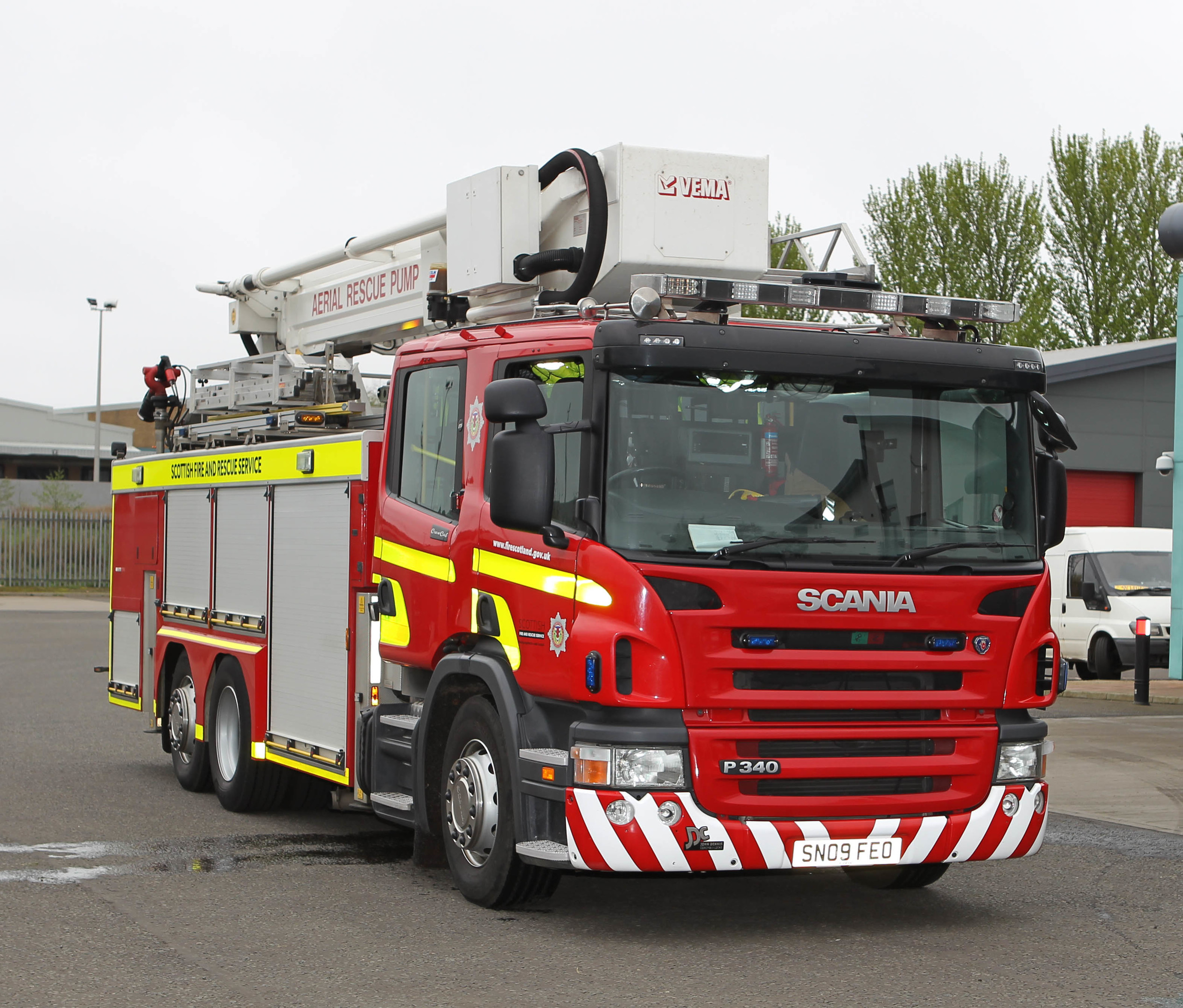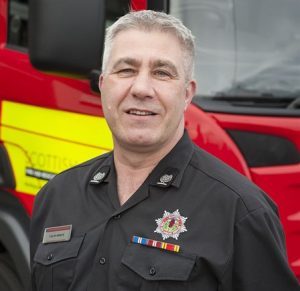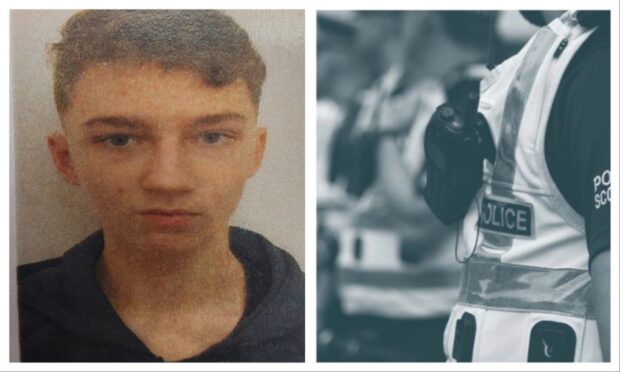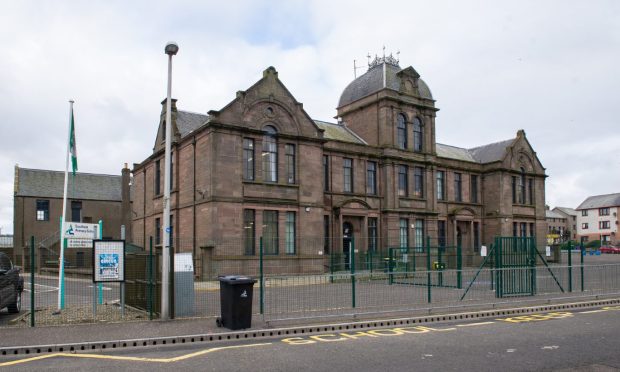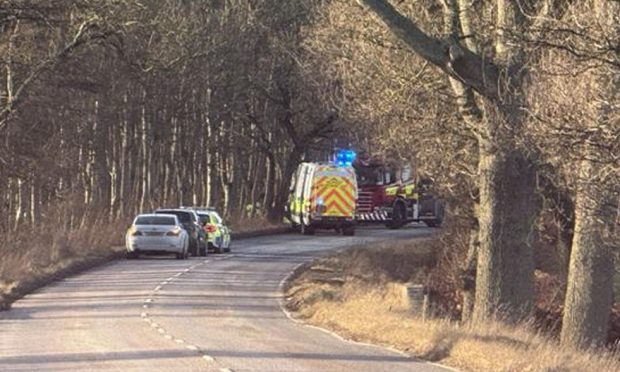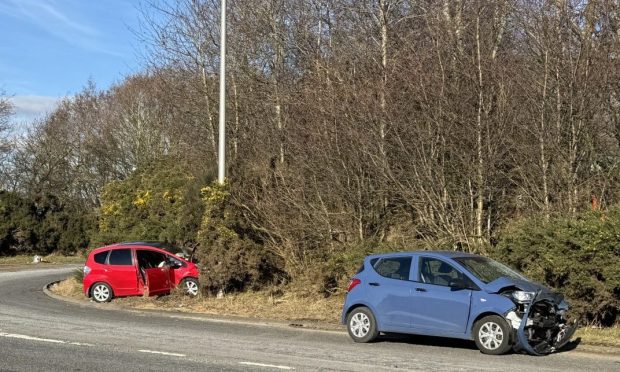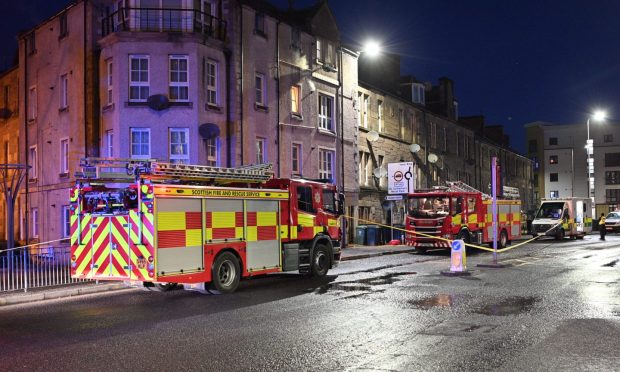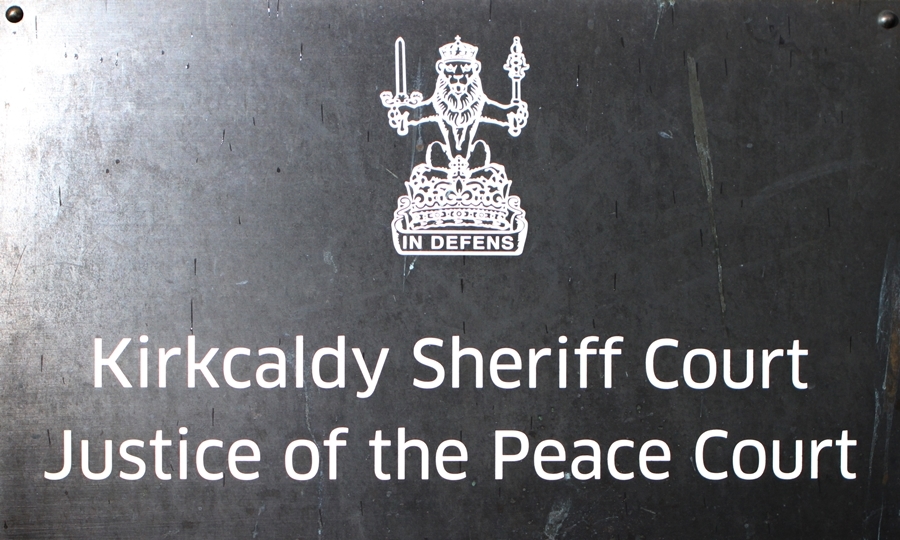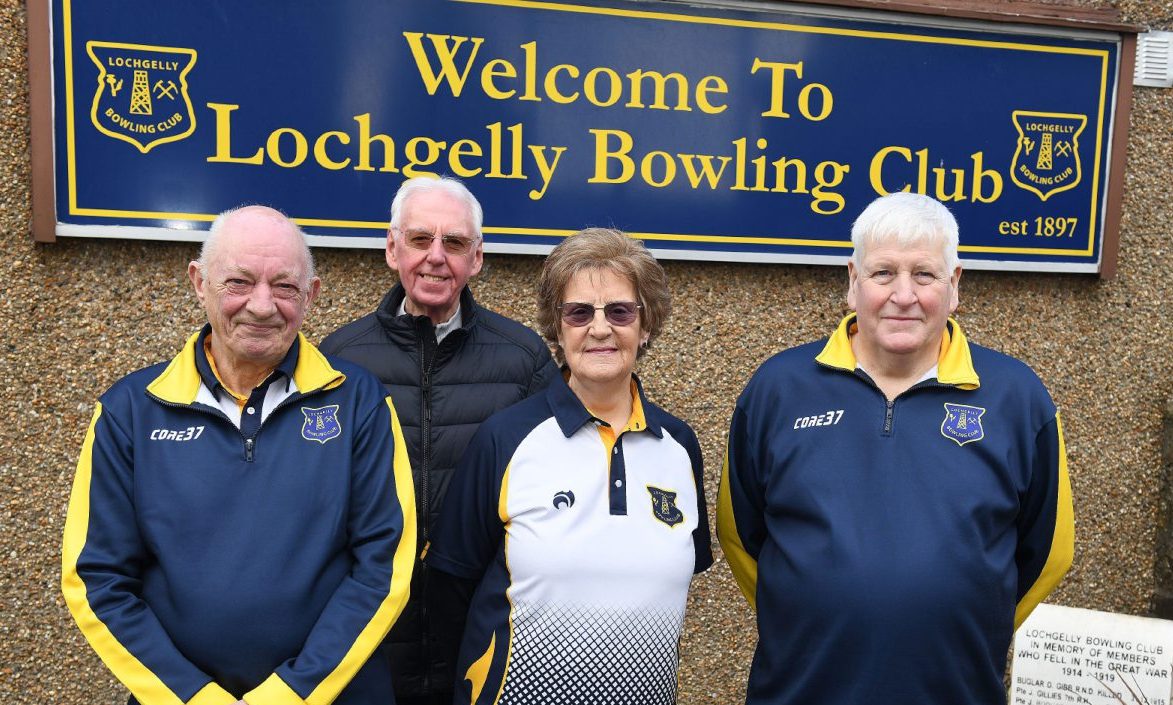Prank callers have wasted almost 400 hours – the equivalent of a full fortnight – of fire crews’ time in Tayside and Fife in the last five years.
Firefighters were maliciously called out to 1,300 false alarms in the region since April 2011, potentially preventing them from attending life-or-death emergencies.
The figures, released under a Freedom of Information request, highlight the unnecessary pressures facing the Scottish Fire and Rescue Service (SFRS).
In both Fife and Dundee, an average of more than an entire day was wasted each year.
Local senior officer for SFRS Colin Grieve said: “Our firefighters stand on the front line to protect the public whenever and wherever emergencies arise.
“It is extremely disappointing when someone knowingly makes a malicious call – diverting our resources and putting their own community at risk should a real emergency occur.
“Those who knowingly make malicious calls to the Scottish Fire and Rescue Service are breaking the law and we will actively work to identify them and pass that intelligence to our Police Scotland partners to ensure they face the full force of the law.
“However, we will always seek where possible to educate younger members of our community to show them how their actions can impact on their family, their friends and their neighbours.
“People can rest assured that we always have the resources needed to respond to any emergency but precious minutes can be lost trying to reach those in genuine distress.”
The SFRS, which is already straining from budget cuts, has said malicious calls put communities at risk.
Dundee accounted for 534 of the false alarms, the highest of any of the four local authority areas. Angus had the lowest, 127, while Fife and Perth and Kinross had 434 and 197 respectively.
Malicious calls make up around 3% of SFRS incidents across the country compared to 11% from false alarms made with good intent.
Stephen Thomson, Scottish regional secretary of the Fire Brigades Union, added: “We do have concerns about this. It is something we would hope the fire service would deal with to try and drive it down.
“There are obvious delays if a real call comes in, but there are further dangers to firefighters. They travel at fast speeds to attend calls when they might not need to. That can be a danger to the public too.
“There could be someone trapped in a car in a road accident and we are delayed. There are lives at risk.”
The budget for the legacy services across Scotland in 2012/13 was £290.7m but in 2015/16 the SFRS’s was £259.2m — a reduction of £31.5m or 10.5%.
The service now has to find £328m of net savings by 2027/28.
Anyone caught deliberately giving a false alarm of fire to a relevant authority can face a fine of up to £2,500 and/or a jail term of up to three months.
